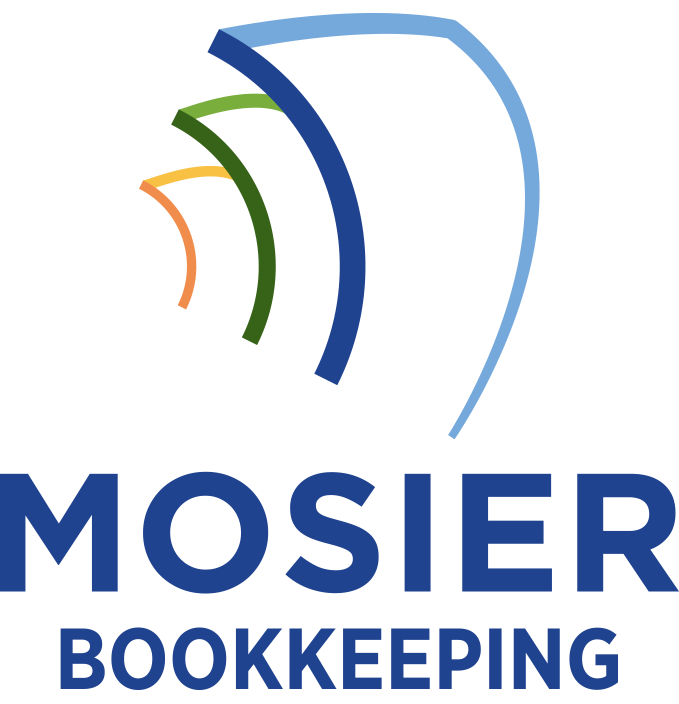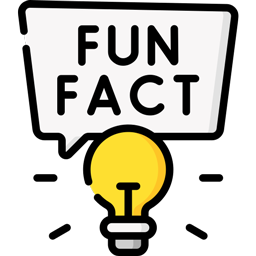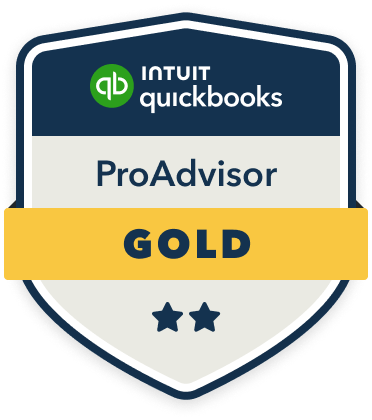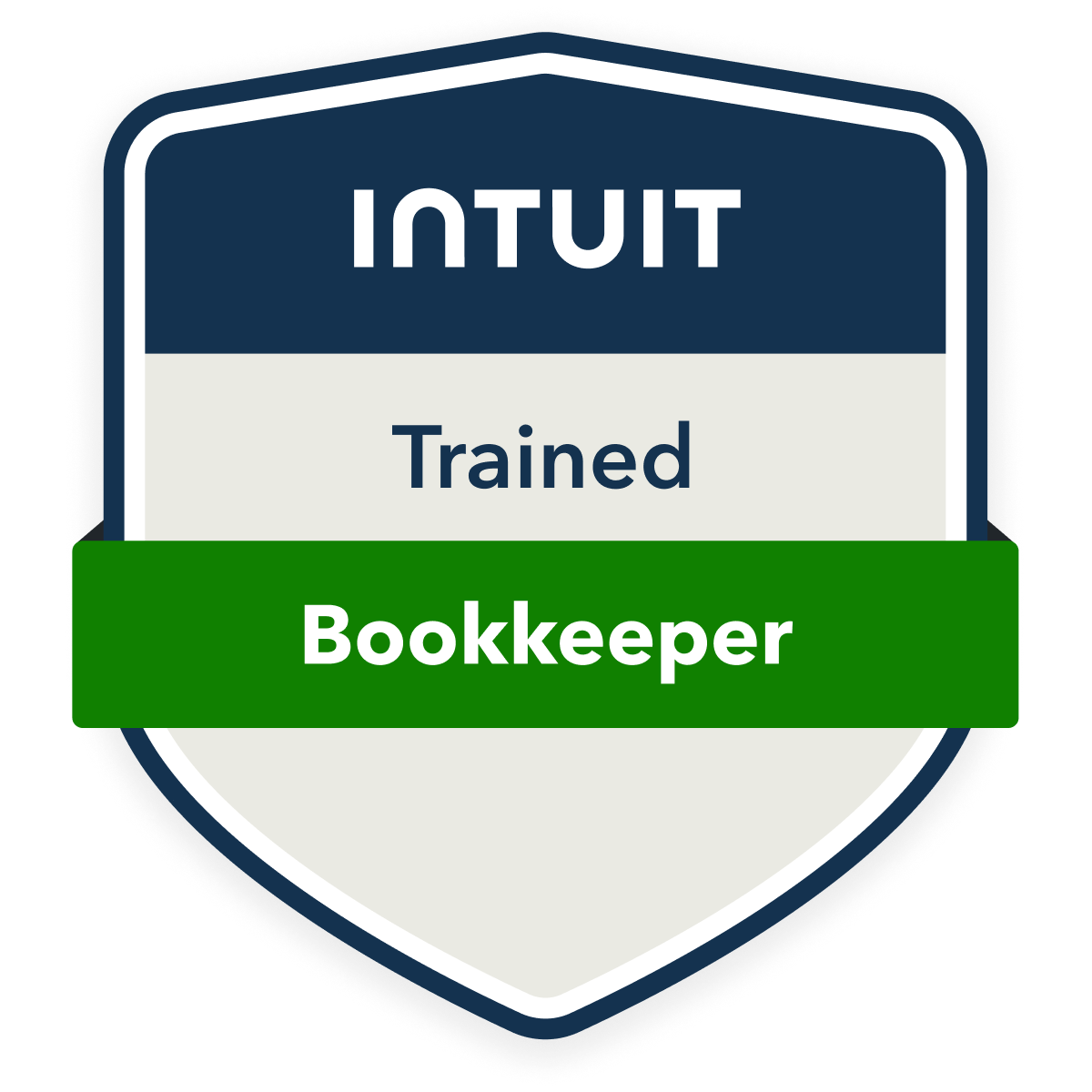Business ownership provides significant tax advantages that can substantially reduce your liability. You’ll benefit from deducting legitimate business expenses like office space, equipment, travel, and employee costs. I recommend leveraging Section 179 to immediately write off up to $1,080,000 in qualifying purchases, while also maximizing retirement contributions and healthcare premium deductions. The strategic combination of these tax benefits creates powerful opportunities to build long-term wealth through business ownership.
Business Expense Deductions and Write-offs
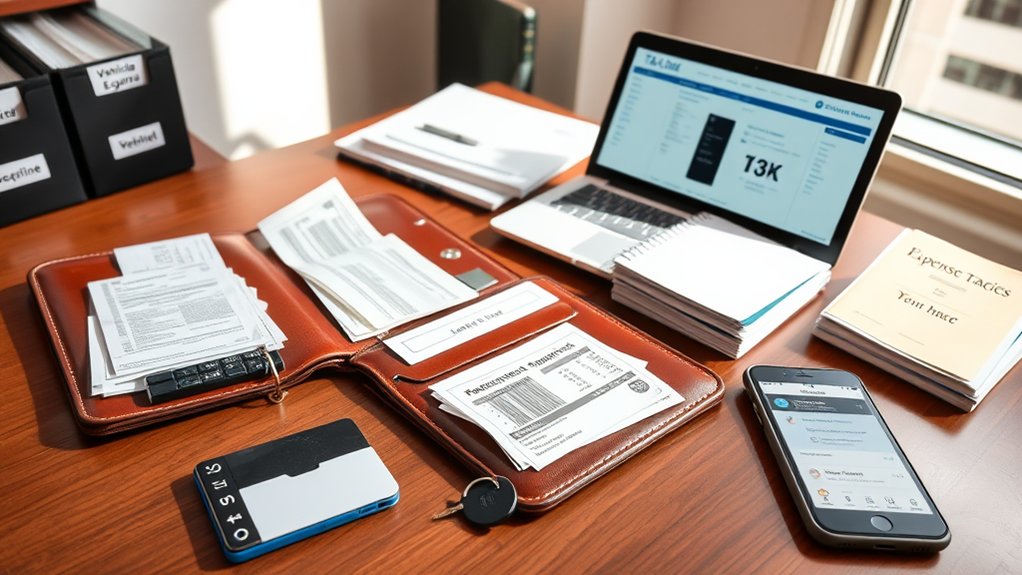
One of the most significant tax advantages of owning a business is the ability to deduct legitimate business expenses from your taxable income. I’ll show you how to leverage deductions for office space, equipment, travel, marketing, and employee salaries to reduce your tax burden substantially.
You can write off vehicle expenses when used for business purposes, claim depreciation on assets, and deduct professional development costs. I recommend meticulous record-keeping of all business-related expenses, as these deductions directly lower your taxable income dollar-for-dollar. With strategic planning, you’ll maximize these write-offs while maintaining full compliance with IRS regulations.
Home Office and Vehicle Tax Benefits
Working from home opens substantial tax advantages through the home office deduction, available to both self-employed individuals and small business owners who use a dedicated space exclusively for business activities.
I’ll outline the key vehicle and home office deductions you can leverage to maximize your tax savings:
- Deduct a percentage of mortgage/rent, utilities, insurance, and repairs based on your office’s square footage relative to total home space
- Claim vehicle expenses using actual costs or the standard mileage rate for business travel
- Depreciate home office furniture, equipment, and business vehicles to reduce your taxable income
Take control of these powerful deductions to strengthen your business’s financial position.
Equipment Depreciation and Section 179 Expensing

I’ll show you how Section 179 expensing lets you write off the full cost of qualifying business equipment in a single tax year, rather than depreciating it over several years. When you can’t use Section 179 or prefer not to, you’ll need to calculate annual depreciation using either straight-line or accelerated methods based on the asset’s useful life. Understanding these options will help you make strategic decisions about when to purchase equipment and how to maximize your tax benefits.
Immediate Write-Off Benefits
While traditional depreciation spreads deductions over several years, business owners can take advantage of immediate write-off options for qualifying equipment purchases through Section 179 expensing and bonus depreciation rules.
I’ve found these powerful tax benefits allow you to accelerate deductions and reduce your current year tax liability. Here are the key advantages:
- Write off up to $1,080,000 in qualifying equipment purchases immediately (2023 limit)
- Claim 100% bonus depreciation on eligible new and used property
- Combine Section 179 with bonus depreciation to maximize tax savings when purchasing multiple assets
These strategies help preserve cash flow and fund business growth through strategic tax planning.
Annual Depreciation Calculations
Understanding the mechanics behind annual depreciation calculations enables you to optimize both traditional depreciation and Section 179 expensing strategies.
I’ll explain how you can capitalize on two key methods. First, traditional depreciation lets you deduct the cost of business assets over their useful life using either straight-line or accelerated depreciation schedules. You’ll reduce your taxable income systematically each year.
Section 179 expensing, however, offers immediate write-offs up to $1,160,000 (2023) for qualifying equipment purchases. I recommend combining both methods strategically – using Section 179 for some assets while depreciating others – to maximize your tax advantages and cash flow position.
Retirement Plan Contributions and Benefits
I’ll discuss how business owners can maximize their retirement savings through specialized plans that offer significant tax advantages. As a business owner, you can contribute to options like Self-Employed 401(k)s and SEP IRAs, which allow for higher contribution limits than traditional retirement accounts and provide immediate tax deductions. You’ll find these retirement plans, including pension arrangements, can serve as powerful tools to reduce your current tax liability while building substantial wealth for your future.
Self-Employed 401(k) Options
Business owners who work for themselves can take advantage of one of the most powerful retirement savings vehicles available: the Self-Employed 401(k), also known as a Solo 401(k).
I’ll help you maximize this plan’s wealth-building potential. With a Solo 401(k), you can contribute as both employer and employee, dramatically increasing your tax-advantaged savings capacity.
Key advantages include:
- Higher contribution limits than traditional IRAs – up to $66,000 in 2023
- Tax-deductible employer contributions of up to 25% of compensation
- Option to make Roth contributions for tax-free growth potential
Choose between traditional pre-tax or Roth after-tax contributions to optimize your tax strategy.
SEP IRA Tax Advantages
Three compelling tax advantages make SEP IRAs an attractive retirement option for self-employed individuals and small business owners. I’ll show you how to leverage higher contribution limits, tax-deductible contributions, and tax-deferred growth to maximize your wealth-building potential.
| Feature | Benefit | Impact |
|---|---|---|
| Contribution Limits | Up to 25% income or $66,000 | Accelerated savings |
| Tax Deductions | 100% business deductible | Immediate tax savings |
| Investment Growth | Tax-deferred until withdrawal | Compound growth |
| Flexibility | Adjust contributions yearly | Cash flow control |
You’ll gain immediate tax relief while building substantial retirement wealth, all while maintaining control over your contribution levels based on your business performance.
Pension Plan Deductions
Beyond SEP IRAs, pension plans offer another powerful tax-saving vehicle for business owners seeking to optimize their retirement strategy. As your business’s owner, you’ll gain immediate tax deductions while building substantial retirement wealth through qualified pension plans.
Key advantages you’ll command:
- Contribute up to $265,000 annually (2024 limits) – far exceeding typical 401(k) thresholds
- Deduct 100% of contributions from your business’s taxable income
- Leverage tax-deferred growth while maintaining complete control over investment choices
Healthcare and Insurance Tax Advantages

While personal healthcare costs typically offer limited tax benefits, owning a business opens up significant healthcare and insurance-related tax advantages. I’ll show you how to maximize these powerful deductions through strategic business structuring.
| Insurance Type | Tax Treatment | Maximum Deduction |
|---|---|---|
| Health Plans | 100% Deductible | Unlimited |
| Dental/Vision | 100% Deductible | Unlimited |
| Life Insurance | Partially Deductible | Limited |
| Disability | 100% Deductible | Unlimited |
| Long-term Care | Partially Deductible | Age-based |
You can deduct premiums for yourself, your employees, and often your family members. Through your business, you’ll gain access to better coverage while simultaneously reducing your tax burden.
Self-Employment Tax Strategies
Self-employed business owners face a unique tax challenge: paying both the employer and employee portions of Social Security and Medicare taxes, totaling 15.3%.
I’ll show you powerful strategies to minimize your self-employment tax burden while maintaining full compliance with IRS regulations:
- Structure your business as an S-corporation to pay yourself a reasonable salary, treating remaining profits as distributions exempt from self-employment tax
- Maximize your above-the-line deductions, including health insurance premiums and retirement plan contributions
- Time your income and expenses strategically across tax years to maintain ideal tax efficiency
These approaches can save you thousands annually while building long-term wealth through your business operations.
